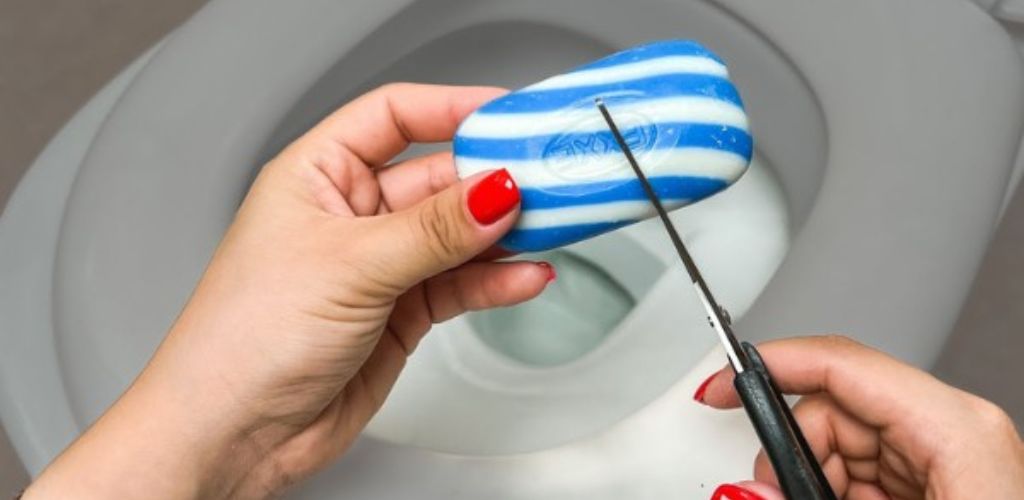06.03.2025
Cut up the soap and pour it into the bath.
Cutting up soap and adding it to your bath can be a simple way to create a more fragrant and sudsy experience. Here’s a breakdown of considerations and some tips:
Benefits:
- Fragrance: Many soaps have pleasant scents that can enhance your bath.
- Bubbles: Some soaps, particularly those with a high glycerin content, will create bubbles.
- Softening Water: Some soaps can help to soften hard water.
- Skin Benefits: Depending on the soap’s ingredients, it may offer moisturizing or cleansing benefits.
Considerations:
- Soap Type:
- Bar Soap: This is the most common type used for this purpose. It can be grated, chopped, or even melted.
- Liquid Soap: Liquid soaps are already dissolved, so you can simply pour them into the bath. Be aware that some liquid soaps will not create many bubbles.
- Specialty Soaps: Be cautious with specialty soaps, such as those with exfoliating beads or harsh chemicals.
- Amount: Start with a small amount of soap and add more as needed. Too much soap can create excessive suds or leave a residue in your bathtub.
- Water Temperature: Hot water will help the soap to dissolve more quickly.
- Skin Sensitivity: If you have sensitive skin, choose a mild, fragrance-free soap.
- Residue: Some soaps can leave a residue in the bathtub. Rinse the tub thoroughly after your bath.
Tips:
- Grate or Chop: Grating or chopping the soap into small pieces will help it dissolve more quickly.
- Dissolve First: For best results, dissolve the soap in a small amount of hot water before adding it to the bath.
- Combine with Other Ingredients: You can combine soap with other bath additives, such as Epsom salts, essential oils, or bath bombs.
- Bubble Bath: If you want a bubbly bath, look for soaps that are specifically designed for bubble baths.
Important Note:
- Always be careful when getting in and out of a soapy bathtub, as it can be slippery.


 The most powerful CLEANSING of the body
The most powerful CLEANSING of the body